1. Jell-O Salad with Vegetables
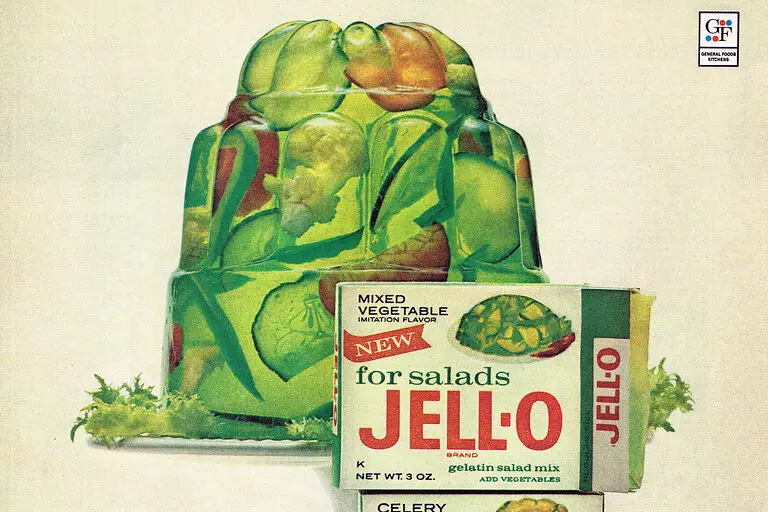
Back in the ’60s, Jell-O wasn’t just for dessert. Families proudly served gelatin “salads” loaded with shredded carrots, chopped celery, and sometimes even olives. The bright, wobbly molds were often the centerpiece at dinner tables or potlucks, more for their novelty than their taste. Kids who thought they were getting a sweet treat were often shocked by the salty crunch hiding inside.
Today, the idea of mixing lime Jell-O with onions or mayonnaise feels almost unthinkable. Modern palates tend to separate sweet and savory more strictly, making this combo a hard sell. Still, those molds represent a time when homemakers were encouraged to be “creative” with convenience foods. For better or worse, Jell-O salads were a badge of domestic pride.
2. Aspic
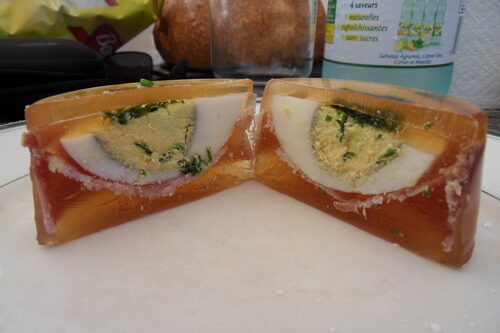
Speaking of gelatin, aspic was another 1960s classic. This dish involved encasing meat, vegetables, or even seafood in a clear, savory jelly made from gelatin or broth. Cookbooks praised aspic as elegant, and many hostesses thought it was the height of sophistication to serve it at luncheons.
These days, most people shudder at the thought of biting into cold, jiggly chicken suspended in gel. The texture alone is enough to turn people away, not to mention how unappetizing it looks compared to fresher, more colorful foods we favor now. While it was considered chic in its time, aspic is a dish firmly left in the past.
3. Spam Casseroles
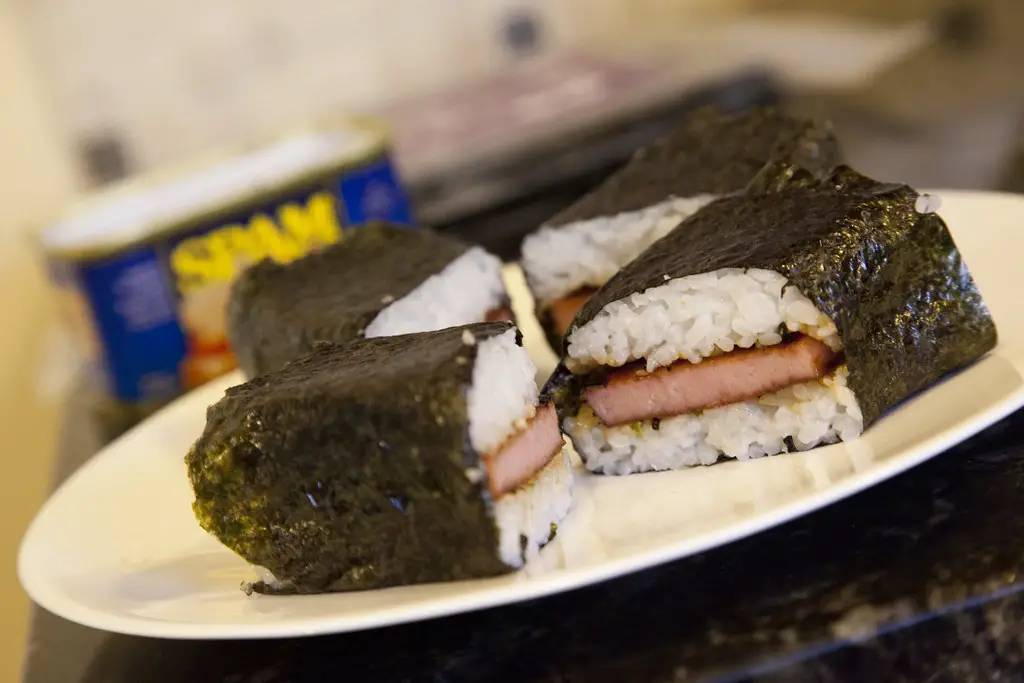
Spam had its heyday in the ’60s, when budget-conscious families leaned on it to stretch meals. Casseroles with Spam, canned vegetables, and cream-of-something soup were quick, cheap, and filling. Recipes promised to feed a family of five without breaking the bank, which was exactly what many households needed.
Today, Spam has a small cult following, but few people would proudly serve a Spam casserole to dinner guests. Fresh ingredients are more accessible now, and the idea of relying on processed meat feels outdated. Still, for some, the taste of Spam is pure nostalgia that brings back memories of simpler times.
4. Ham and Banana Hollandaise
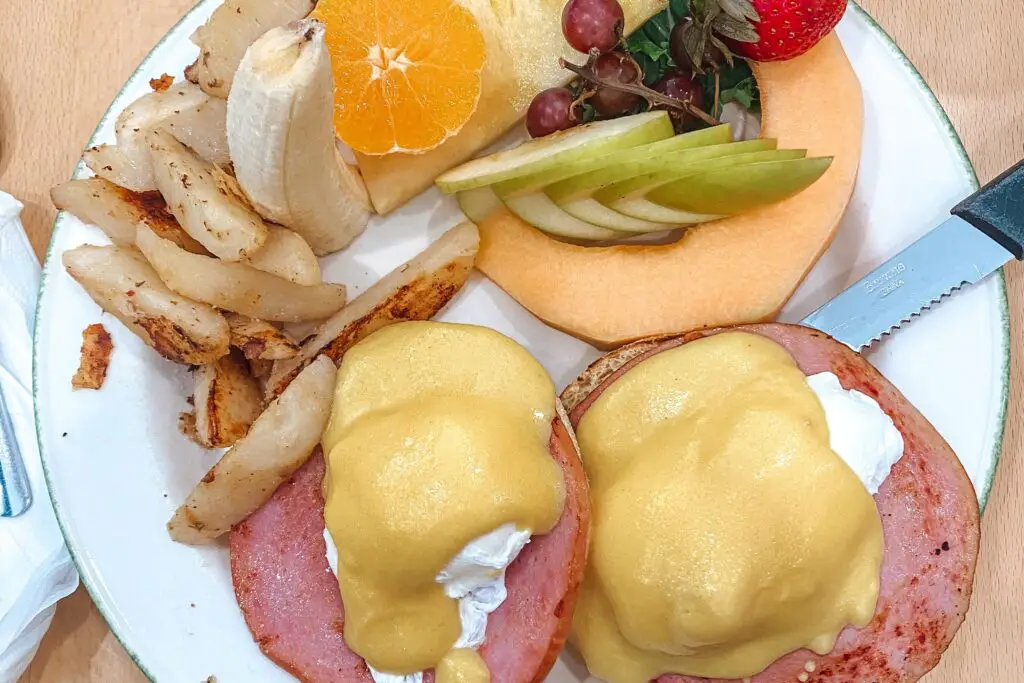
Yes, this was a real recipe suggested in the ’60s. Families would wrap bananas in slices of ham, then cover the whole thing in a rich hollandaise sauce. The idea was to combine savory and sweet in an “innovative” way, though most people now would find it bizarre at best.
It may have looked fancy on the dinner table, but today’s diners would likely pass with a polite smile. Bananas and ham just don’t belong together for most of us, and adding buttery sauce only makes it stranger. It’s one of those culinary experiments that shows just how adventurous — and sometimes misguided — food trends were in that era.
5. Liver and Onions
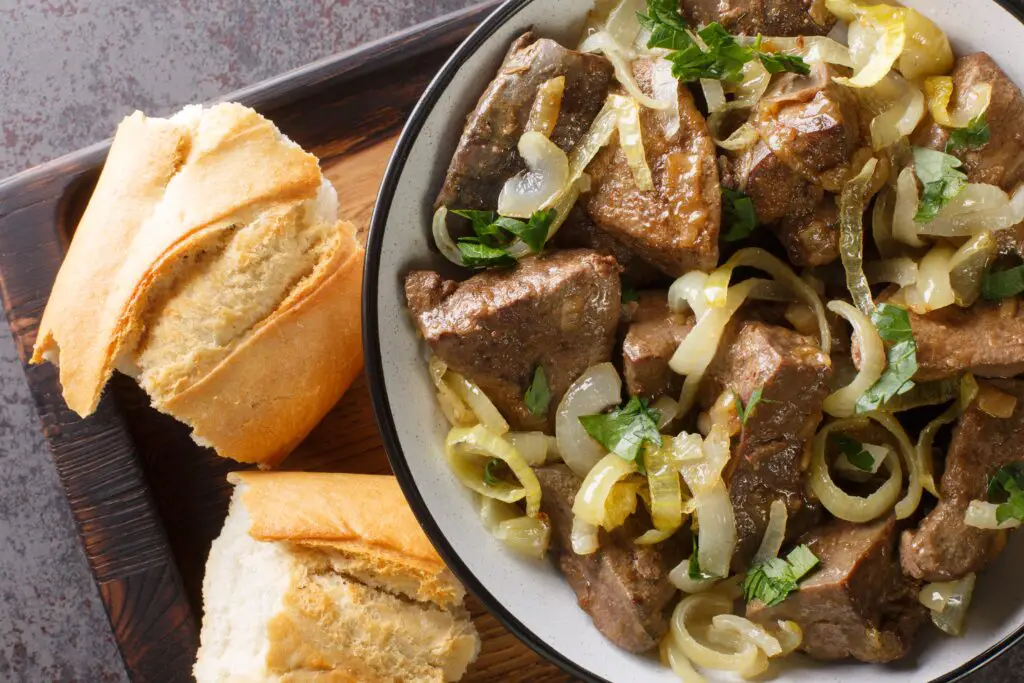
Liver was a common dinner choice in the ’60s, thanks to its low cost and reputation as a nutrient-rich protein. Cooked with onions to cut the strong flavor, it was served in homes across America, often with potatoes or bread. Parents thought they were doing right by their kids by making them eat it.
But many children dreaded liver night, and today the dish rarely appears on mainstream dinner tables. The metallic taste and chewy texture don’t appeal to most modern eaters. While some still swear by it, liver and onions is largely remembered as one of those “because it’s good for you” meals from childhood.
6. Deviled Ham Spread
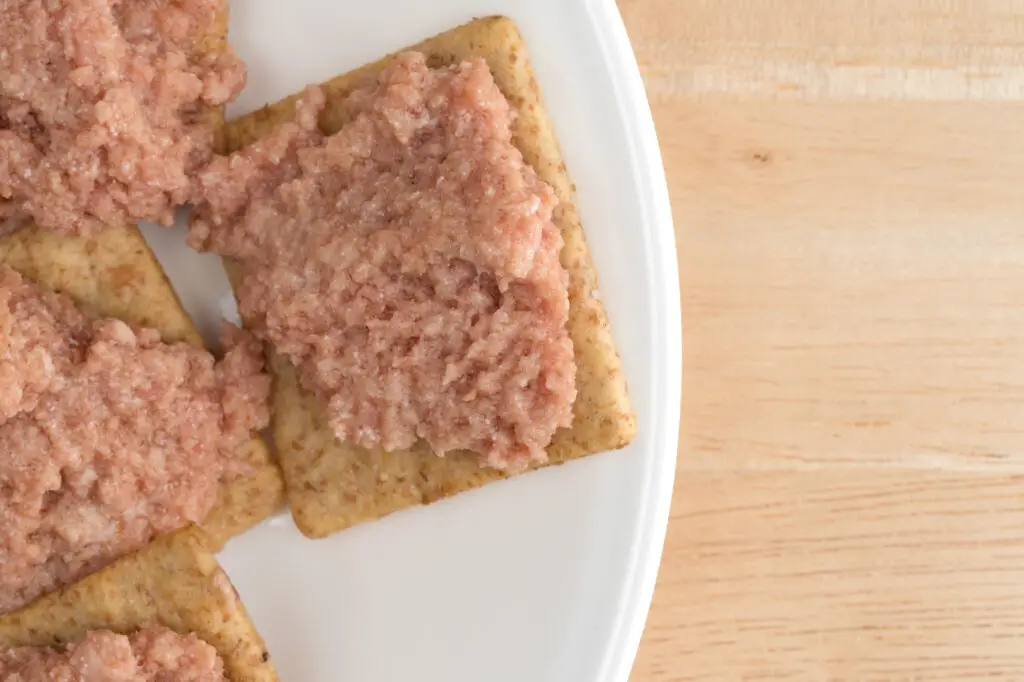
Deviled ham was a pantry staple in the ’60s, sold in little cans with a bright red devil logo. Families spread it on crackers, made sandwiches with it, or served it at parties as a quick snack. Its spicy, processed flavor made it stand out, even if it wasn’t exactly gourmet.
Nowadays, few would reach for canned meat spread when hosting friends. With fresh deli meats and artisan dips so readily available, deviled ham feels more like a relic than a treat. Still, for those who grew up on it, there’s something oddly comforting about that tangy, salty spread.
7. Hot Dog Casseroles
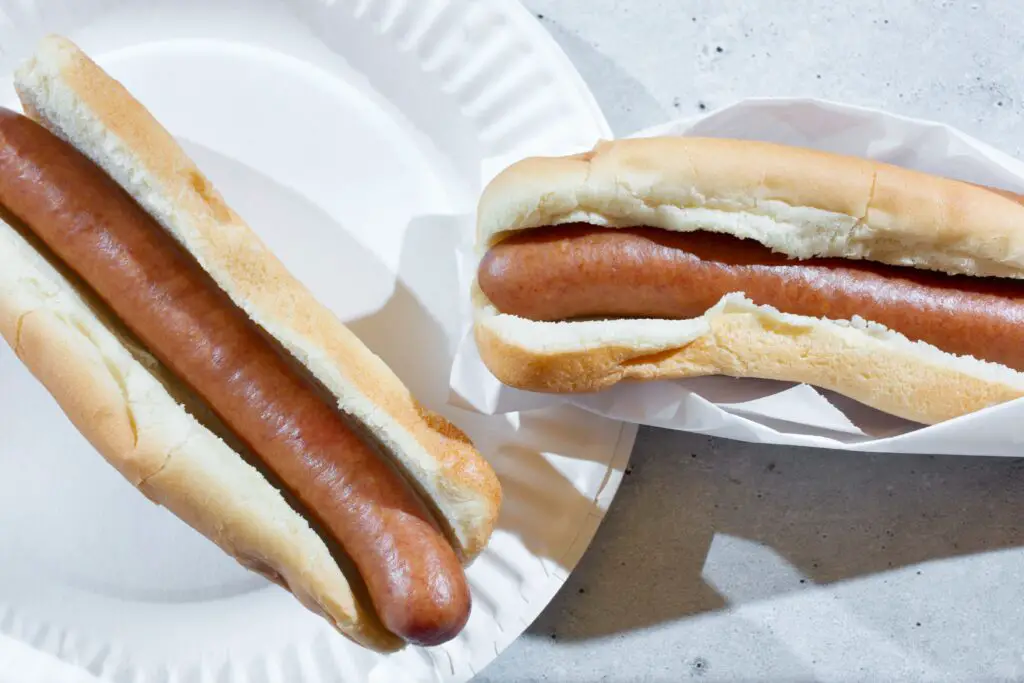
Hot dogs weren’t just for the grill in the ’60s. Families turned them into full meals by slicing them into casseroles with beans, pasta, or even potatoes. Some recipes topped the dish with cheese or bread crumbs for a crispy finish, trying to elevate the humble hot dog into something more filling.
Today, the thought of baking hot dogs into a casserole seems unappealing. Most people see them as picnic food or a quick bite, not a dinner entrée. But back then, it was an easy way to feed a hungry family while using inexpensive ingredients. It may not have been fancy, but it was practical.
8. Tang-Flavored Desserts
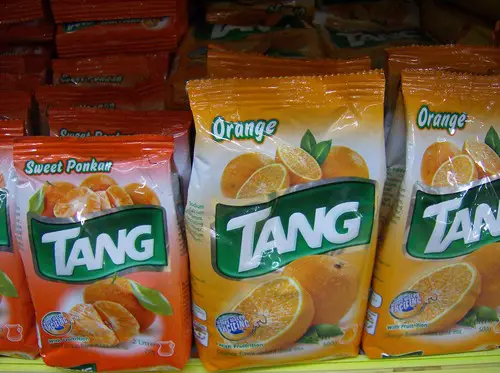
Tang, the powdered orange drink famously endorsed by astronauts, was more than just a beverage in the ’60s. Creative home cooks stirred it into cake mixes, whipped cream, and even pie fillings. It was marketed as modern and scientific, which gave it a futuristic charm.
These days, Tang has largely disappeared from grocery shelves, and the idea of basing a dessert on powdered drink mix feels odd. But at the time, families loved showing off anything “space-age” in their kitchens. Tang desserts might taste artificial now, but they were once a symbol of innovation.
9. Sardine Sandwiches
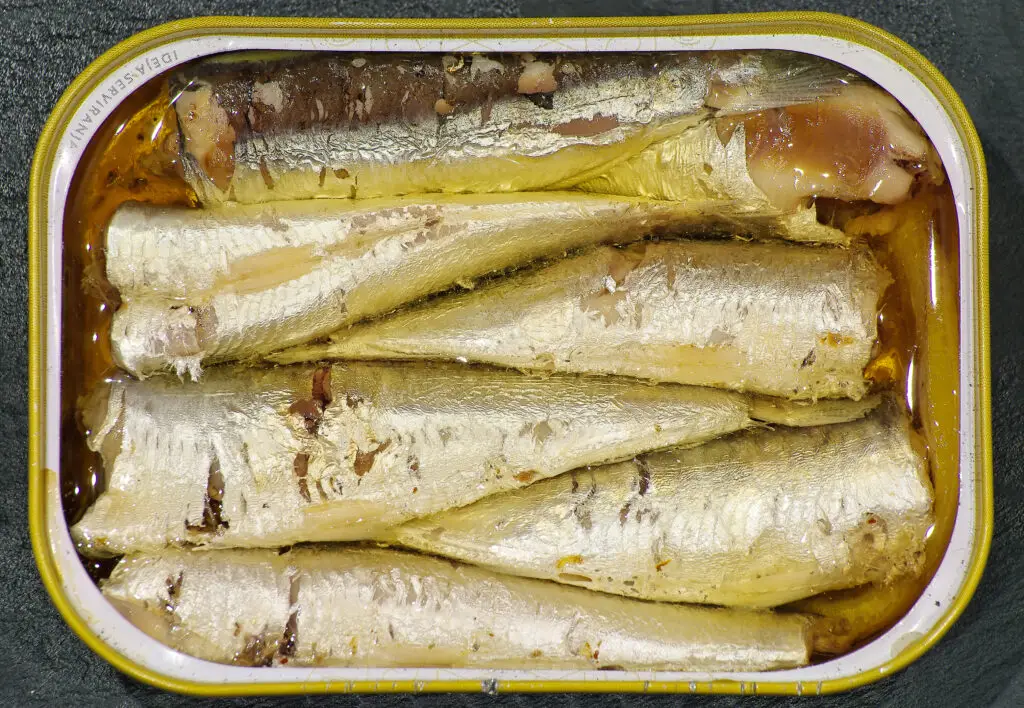
Canned sardines were popular in the ’60s as a quick, inexpensive source of protein. Families mashed them with mayo or mustard and spread them on bread, sometimes adding lettuce if they wanted to get fancy. The flavor was strong, but in a time of fewer choices, it was a practical option.
Today, most people would pass on sardine sandwiches, especially at a school lunch table. The smell alone is enough to put people off, even if sardines are still considered healthy. While they remain popular in some cuisines, the idea of packing them into a kid’s lunchbox wouldn’t fly now.
10. Canned Peach and Cottage Cheese Salads
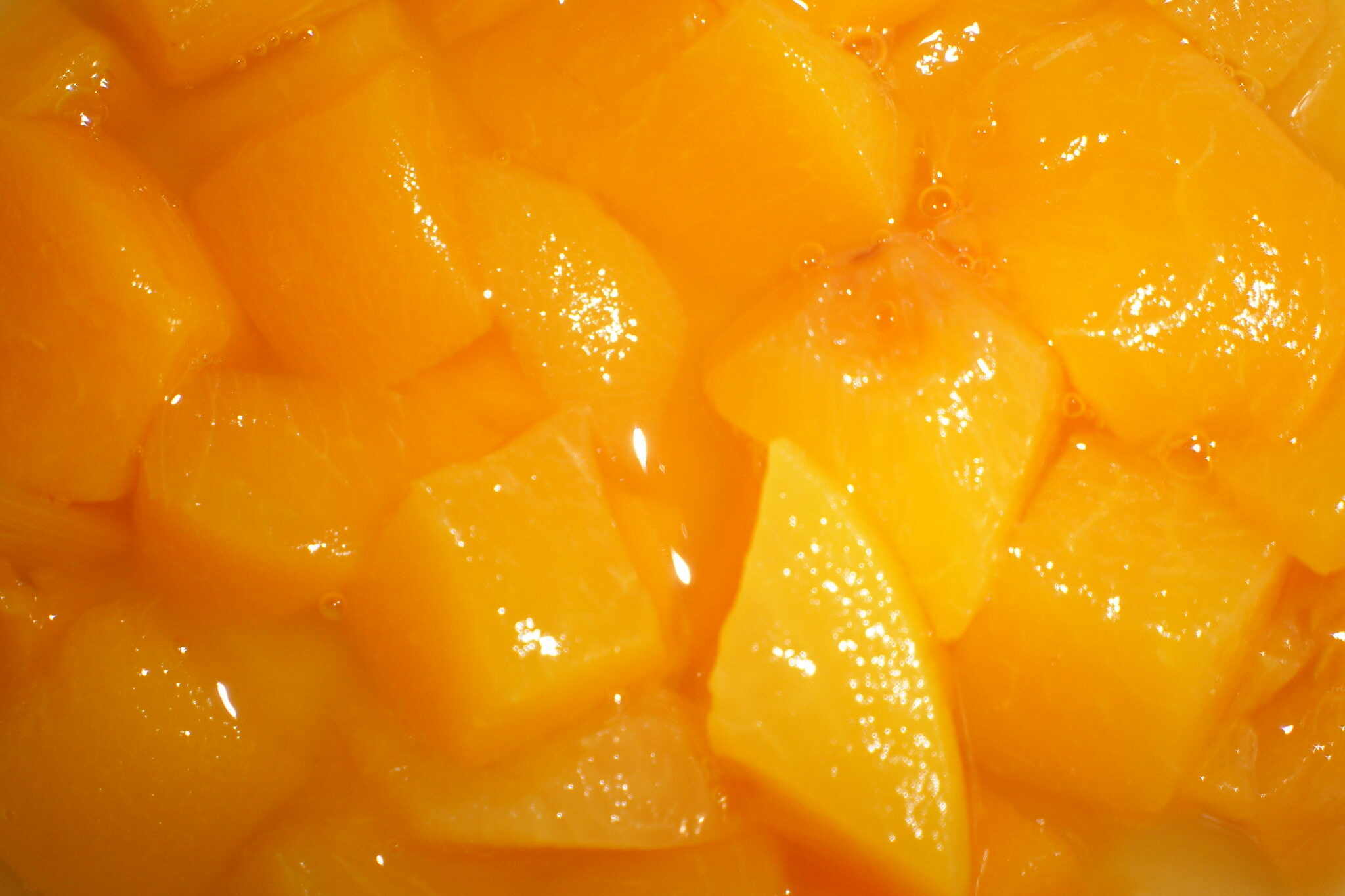
Fruit salads in the ’60s often included canned peaches or pears with a scoop of cottage cheese in the center. Sometimes a cherry or a dollop of mayo topped it off, making it a “balanced” side dish. It was a staple at many family dinners, bridging the line between savory and sweet.
Nowadays, this combo feels dated and unappetizing. Cottage cheese has made a bit of a comeback, but not usually served with canned fruit on a lettuce leaf. It’s a reminder of how much presentation mattered then, even if the flavors didn’t always make sense together.
11. Vienna Sausages
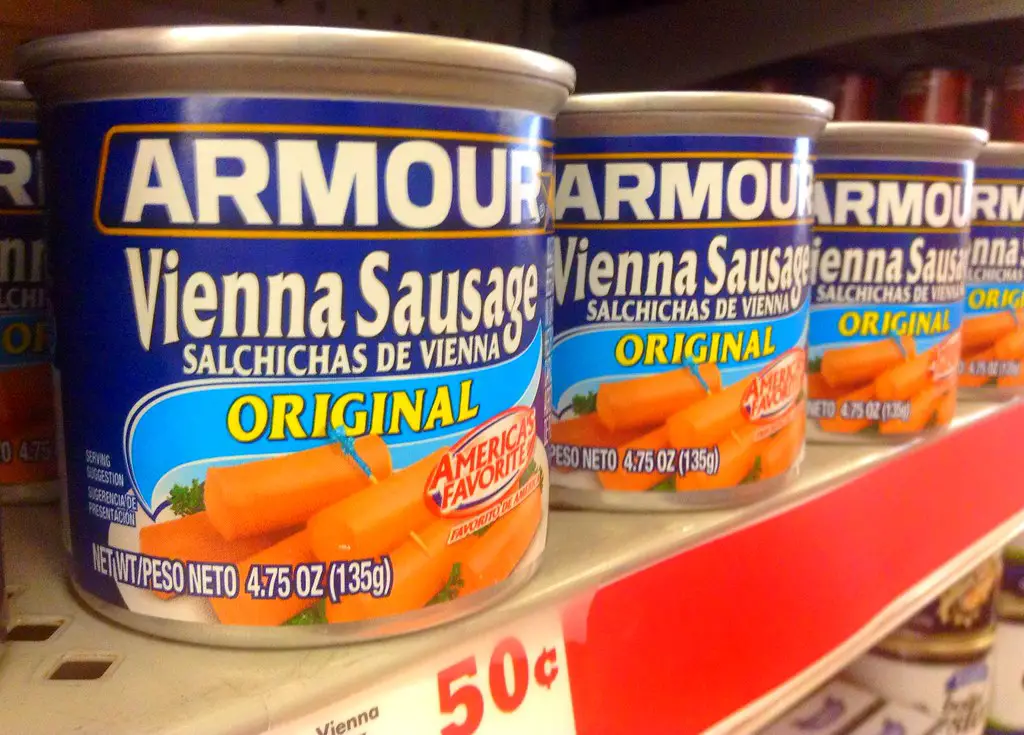
Tiny canned Vienna sausages were a common addition to lunch plates in the ’60s. Families served them straight from the can, warmed them in sauces, or cut them into casseroles. Kids often found them in their school lunches, nestled beside crackers or cheese.
Today, Vienna sausages don’t have the same appeal. The mushy texture and salty taste make them hard to enjoy compared to fresher meats. While they’re still around, they’re more often seen as survival food or camping supplies rather than a normal dinner option.
12. Cabbage Soup Diet
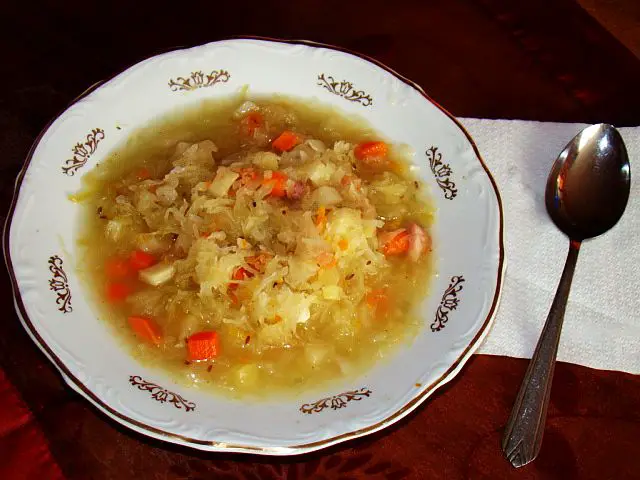
In the ’60s, fad diets were already making waves, and the cabbage soup diet was one of the most infamous. Families would make giant pots of watery cabbage soup and eat little else, believing it would melt away pounds. It was promoted in magazines as a quick fix for weight loss.
While cabbage soup is harmless enough, the idea of eating it nonstop for a week sounds miserable. Most nutritionists today roll their eyes at diets like this, which are neither balanced nor sustainable. Still, the fact that so many people tried it shows how diet culture was already influencing family kitchens decades ago.
